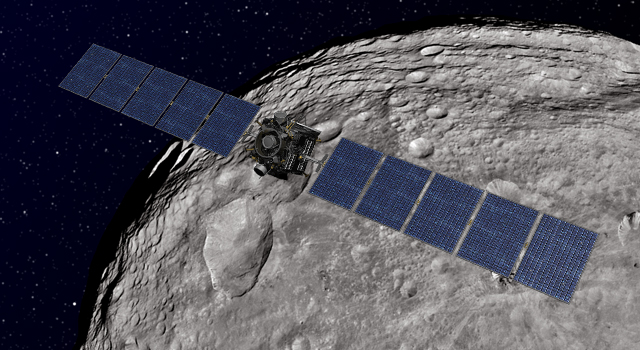Slice of History: Granite Oil Slip Table
Tuesday, February 5th, 2013
Each month in “Slice of History” we feature a historical photo from the JPL Archives. See more historical photos and explore the JPL Archives at https://beacon.jpl.nasa.gov/.

Granite Oil Slip Table — Photograph Number P-2784Ac
In 1963, spacecraft vibration tests were conducted in the Environmental Laboratory at NASA’s Jet Propulsion Laboratory in Pasadena, Calif. A slab of granite, coated in oil, provided a smooth and stable base for the magnesium slip plate, test fixture and Ranger 6 spacecraft mounted on it. There were vibration exciters (shakers) on each end, capable of more than 25,000 pounds of force. The horizontal fixture at left was used for low frequency vibration testing, and the equipment was capable of testing along all three spacecraft axes.
During the 1960s, Ranger, Surveyor and Mariner spacecraft were developed, built and tested at JPL. Because of the heavy use, a similar but smaller test fixture was used for vibration tests on spacecraft components and assemblies. Building 144 still contains test facilities, but this equipment was removed and the room now contains an acoustic chamber.
This post was written for “Historical Photo of the Month,” a blog by Julie Cooper of JPL’s Library and Archives Group.


























